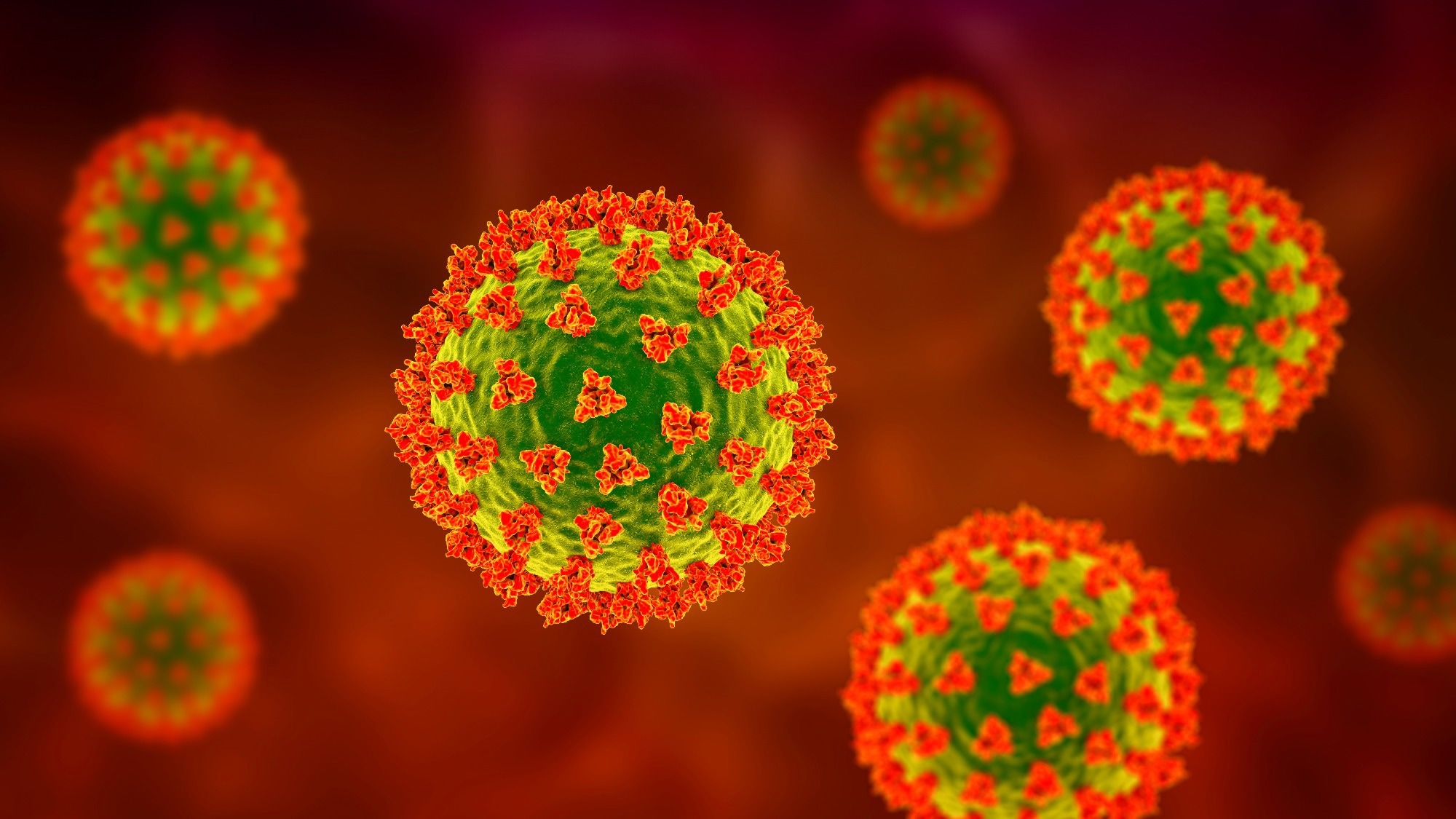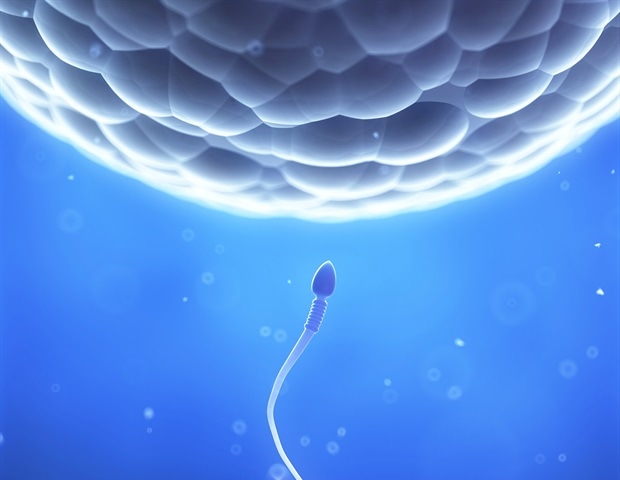In a recent study published in Nature Communications, researchers examine the effect of infection and coronavirus disease 2019 (COVID-19) vaccination in healthy individuals with diverse imprinted immunity against severe acute respiratory syndrome coronavirus 2 (SARS-CoV-2).
 Study: Previous immunity shapes immune responses to SARS-CoV-2 booster vaccination and Omicron breakthrough infection risk. Image Credit: Kateryna Kon / Shutterstock.com
Study: Previous immunity shapes immune responses to SARS-CoV-2 booster vaccination and Omicron breakthrough infection risk. Image Credit: Kateryna Kon / Shutterstock.com
Background
The continual emergence of novel SARS-CoV-2 variants, combined with widespread vaccination rates, directly contributes to the current transmission dynamics of SARS-CoV-2. In fact, the frequency of breakthrough infections (BTIs) in vaccinated individuals, including reinfections, is progressively increasing, particularly after the emergence of the SARS-CoV-2 Omicron variant and its sublineages.
Several factors, including age, gender, comorbidities, and prior infection history, influence humoral and cellular immune responses after vaccination. As a result, post-vaccination immunity is highly heterogeneous across individuals. To date, it remains unclear why some individuals are at an increased risk of primary infections and reinfections, particularly from the Omicron and its subvariants, even after getting vaccinated against COVID-19.
Several studies have described the concept of immune imprinting, which is the inability of the immune system to mount an effective response to infection by a new variant or vaccines resembling the original immunogen for the influenza virus, human immunodeficiency virus (HIV), and SARS-CoV-2. However, whether the systemic immunoglobulin A (IgA) response is associated with protection against SARS-CoV-2 BTIs remains unknown.
About the study
In the current prospective observational study, researchers recruited healthcare professionals from Rigshospitalet and Herlev-Gentofte University hospitals in Denmark. All study participants received a two-dose primary series and booster dose of the Pfizer-BioNTech BNT162b2 COVID-19 vaccine.
Study participants provided venous blood samples at baseline, 21 days, two, six, and 12 months after receiving the first vaccine dose. An enzyme-linked immunosorbent (ELISA)-based assay was used to quantify IgG and IgA levels in the plasma. Additionally, the Elecsys® Anti-SARS-CoV-2 assay was used to quantify total antibodies against the SARS-CoV-2 nucleocapsid (N) protein, which reflects previous SARS-CoV-2 infection.
An ELISA-based pseudo-neutralizing assay was used to estimate the inhibitory potential of neutralizing antibodies (nAbs) against the SARS-CoV-2 receptor-binding domain (RBD). Interferon-gamma (IFN-γ) levels released from stimulated T-cells in patient whole blood samples were also measured.
Study findings
The third vaccine dose, known as a booster dose, resulted in a significantly increased IgG response to the SARS-CoV-2 RBD. This response was directly related to the age, sex, and infection status of the individual.
Comparatively, age and gender did not influence nAbs levels following booster vaccination. This is likely because antibody affinity maturation occurs after the booster dose and is more pronounced in individuals with hybrid immunity.
The reinfection rate was higher among individuals previously infected before Omicron at 37.5%, whereas 48.4% of infection-naive individuals contracted Omicron infection after booster vaccination. Among Omicron-infected individuals, those sampled after 12 months exhibited significantly reduced levels of IgG/IgA and nAbs following primary vaccination as compared to infection-naive individuals.
Is vaccination or infection more protective?
It remains unclear whether immune imprinting in unvaccinated individuals modulates immunity at vaccine priming, thus necessitating granular data to elucidate in-depth B memory cell responses. Nevertheless, the study findings demonstrate that individuals experiencing reinfections had a weaker humoral response, characterized by a lower peak and marked waning after the vaccine priming.
Previous studies have documented discrepancies regarding the association between IgG and mucosal IgA. In the current study, the neutralizing activity of IgG was likely enhanced by vaccination; however, this antibody response was more prominent in previously infected individuals. The protective role of serum IgA, as compared to IgG, against SARS-CoV-2 infection appears to be short-term and modest.
Since cellular immunity remains unaltered after vaccination, it is likely responsible for preventing severe COVID-19 outcomes despite being ineffective against SARS-CoV-2 transmission and BTIs. Accordingly, IFN-γ levels of vaccinated individuals experiencing Omicron reinfection and vaccinated individuals experiencing a primary Omicron infection were comparable. Indeed, vaccination triggered a robust cellular response that was boosted further after the first viral exposure.
Although IgA antibodies are the primary defense mediator on mucosal surfaces, the researchers of the current study could not conclusively determine the origin of IgA in circulation and whether infected and naive individuals had comparable IgA portfolios.
Conclusions
Pre-existing immunity of an individual against SARS-CoV-2 significantly impacts their humoral and cellular responses after booster vaccination, as demonstrated by a robust IgA response observed in previously infected individuals following booster vaccination. However, in the current study, primary Omicron infection and subsequent Omicron reinfection significantly reduced these responses.
The use of different vaccine boosters, combined with frequent mutations in novel SARS-CoV-2 variants, has increased the complexity of immune responses to SARS-CoV-2, which, in turn, complicates future COVID-19 vaccine strategies. Thus, continued research on immune responses to SARS-CoV-2 is essential for the development of new and effective vaccines capable of eliciting effective IgA responses.
Journal reference:
- Pérez-Alós, L., Hansen, C.B., Almagro Armenteros, J.J. et al. (2023). Previous immunity shapes immune responses to SARS-CoV-2 booster vaccination and Omicron breakthrough infection risk. Nature Communications 14(5624). doi:10.1038/s41467-023-41342-2

 PARENTING TIPS
PARENTING TIPS







 PREGNANCY
PREGNANCY








 BABY CARE
BABY CARE








 TODDLERS
TODDLERS








 TEENS
TEENS








 HEALTH CARE
HEALTH CARE







 ACTIVITIES & CRAFTS
ACTIVITIES & CRAFTS








 CONTACT
CONTACT ABOUT
ABOUT
















